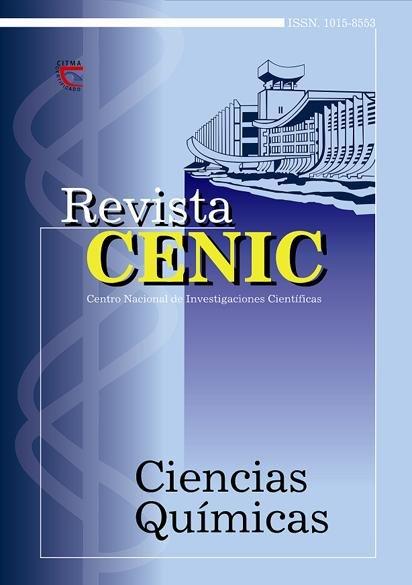Aplicación de las cartas simples de control en el laboratorio antidoping
Abstract
Control charts are the methods used in any assay laboratory to carry
out the internal control of the analytic processing of samples. They are graphic
representations of data according to certain construction rules that allow, among
others, to demonstrate the statistical control state of the analytical system, to
carry out the pursuit of a measuring process, to document critical aspects of the
sampling and having a control of the reproducibility and repeatability of the analysis.
The present paper shows, in a simple way, the application of control charts,
specifically the graphs of Shewhart in the internal quality control system of the
antidoping laboratory. Beginning from the observation of an extraction yield decreasing
or the recovery of the androsterone in the usual extractive procedure for
the detection of anabolic steroids and other compounds, a series of assays were
carried out to analyze the analysis of causes. The results indicated a loss of the
activity of the enzyme ß-glucuronidase used in the extractive procedure. The
tests guided in this sense included the use of an etiocholanolone-glucuronide
solution, where data were referred to the appearance of the substrate free of the
group glucuronide. In second place a reference enzyme with the same characteristics
was employed. Data obtained in the study confirmed the loss of the activity
of the enzyme β-glucuronidase (E. coli) used in the detection of anabolic steroids
and other compounds in the laboratory.

Downloads
Published
How to Cite
Issue
Section
License

This work is licensed under a Creative Commons Attribution-NonCommercial-ShareAlike 4.0 International License.
Los autores que publican en esta revista están de acuerdo con los siguientes términos:
Los autores conservan los derechos de autor y garantizan a la revista el derecho de ser la primera publicación del trabajo al igual que licenciado bajo una Creative Commons Atribución-NoComercial-CompartirIgual 4.0 que permite a otros compartir el trabajo con un reconocimiento de la autoría del trabajo y la publicación inicial en esta revista.
Los autores pueden establecer por separado acuerdos adicionales para la distribución no exclusiva de la versión de la obra publicada en la revista (por ejemplo, situarlo en un repositorio institucional o publicarlo en un libro), con un reconocimiento de su publicación inicial en esta revista.
Se permite y se anima a los autores a difundir sus trabajos electrónicamente (por ejemplo, en repositorios institucionales o en su propio sitio web) antes y durante el proceso de envío, ya que puede dar lugar a intercambios productivos, así como a una citación más temprana y mayor de los trabajos publicados (Véase The Effect of Open Access) (en inglés).













